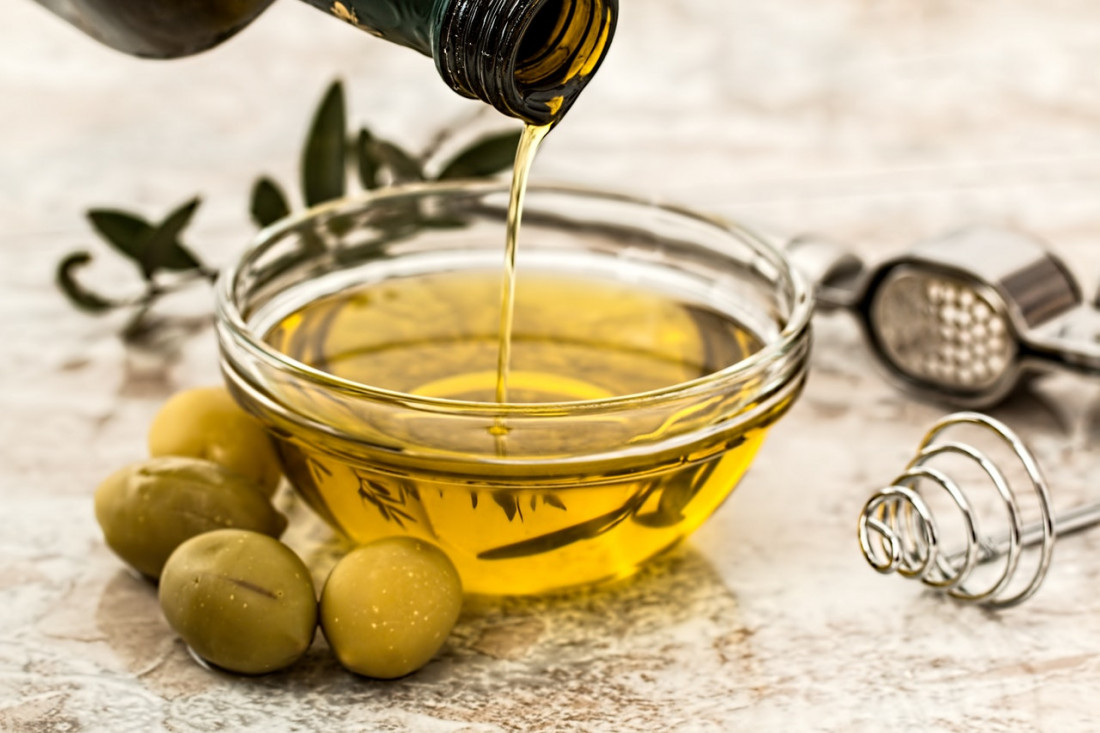Whilst organic matter has long been known as a useful feedstock for the manufacturing of surfactants, chemists have recently found that olive oil waste may be one of the more effective sources of carbon for future surfactant production.
However, what is perhaps more significant is the team’s discovery in using the olive waste to produce molecules that can be used as building bricks for so many other chemical products. As the online journal Phys.org reports, “[The research team] has produced biosurfactants and monoglycerides, molecules which have innumerable applications in the food and chemical industries.”
Publishing their study in the journal ‘Bioresource Technology’ (found on the website Science Direct) the research team from the University of Granada, Spain and the University of Ulster, Northern Ireland, stated that, “The aim of this work was to demonstrate the effectiveness of hydrolysis pretreatment of olive mill waste before use as a carbon source in biosurfactant production by fermentation. Three hydrolysis methods were assessed: enzymatic hydrolysis, acid pretreatment plus enzymatic hydrolysis, and acid hydrolysis. Fermentation was carried out using two bacterial species: Pseudomonas aeruginosa and Bacillus subtilis.” The study reached the conclusion that, “Our results showed that the enzymatic hydrolysis was the best pretreatment. [As it] proved to effectively increase the productivity of these biosurfactants using olive mill waste as the sole carbon source.”
The ability to use waste organic matter for the development of environmentally safe molecules with such a diverse range of applications is sure to capture the interest of many in the surfactant industry. However, what is key about this research is how it opens the door to more affordable biosurfactants. As the journal Phys.org states, “The findings represent an important breakthrough in obtaining these biosurfactants at lower prices than currently available.” This is due in large part to the fact that the oil waste was converted into monoglycerides and diglycerides using, “enzymatic hydrolysis, which allows for very smooth reaction conditions. This process was carried out in micro-emulsion, a nanostructured system and with an elevated interfacial area, making it possible to maximize the action of the enzymes.”
Given the large amount of waste produced by the olive oil industry, the research may have a significant impact on surfactant markets, if, (and there is always an ‘if’), the process can be scaled up successfully. With the wide range of uses surfactants have, from food chemicals, to cleaners and degreasers, cosmetics and medicine, it is possible that biosurfactants will play a larger, more sustainable part in our lives.
Given ‘smooth reaction conditions’ and plentiful supply of organic feedstock, olive mill waste could easily prove to be industrially and economically viable. If that is the case then surfactant prices are likely to fall, and possibly bringing down the price of olive oil with it.

